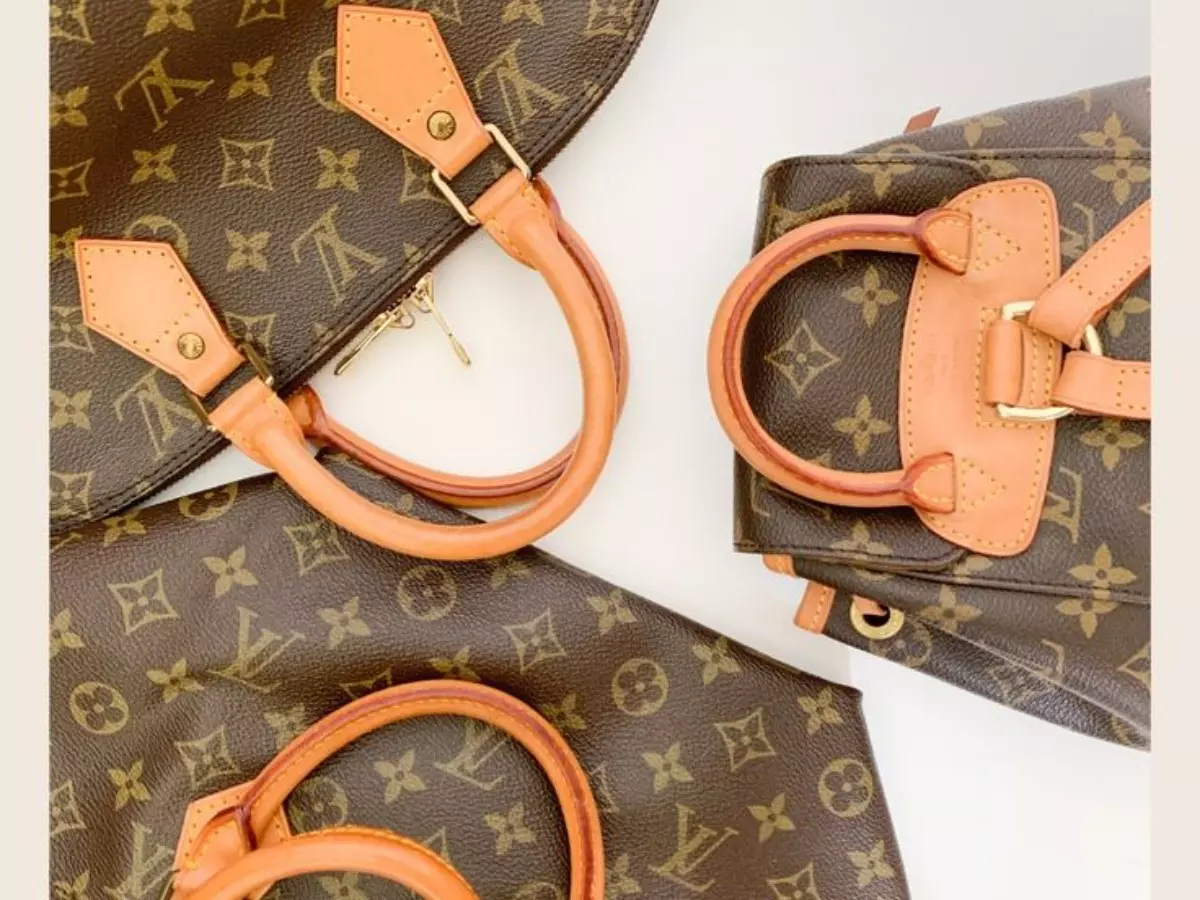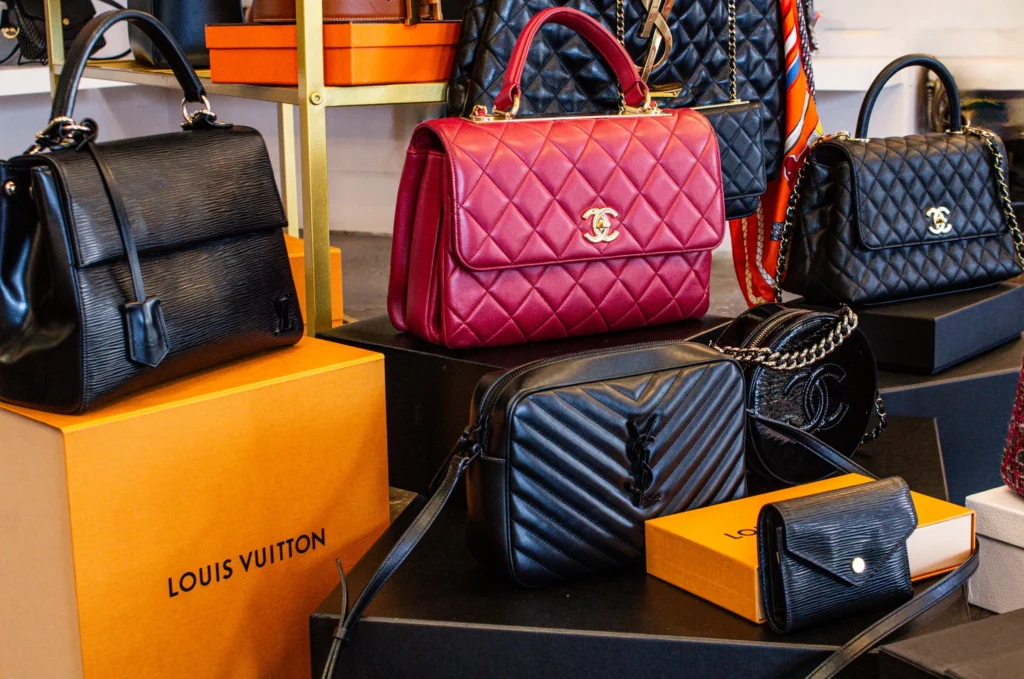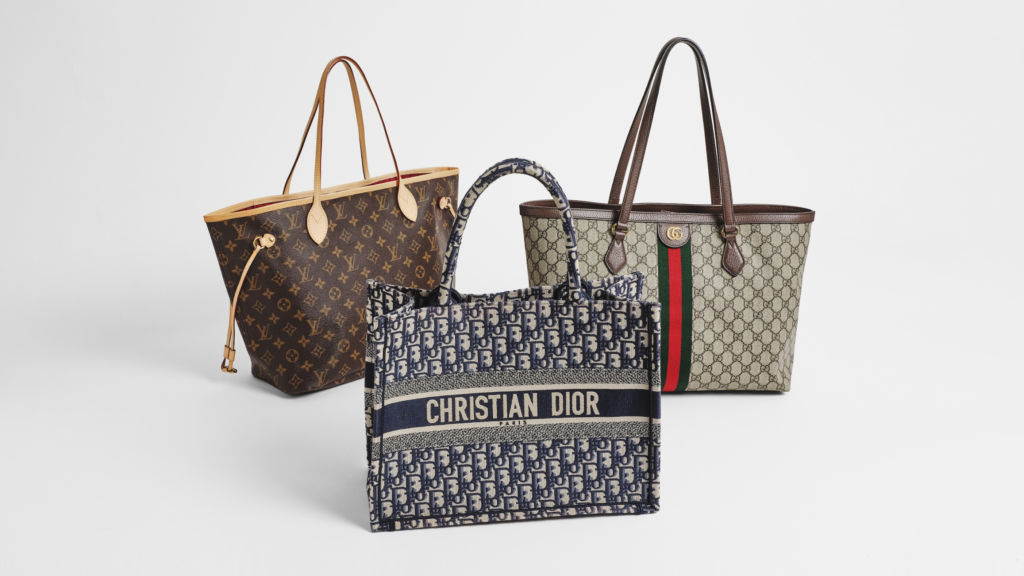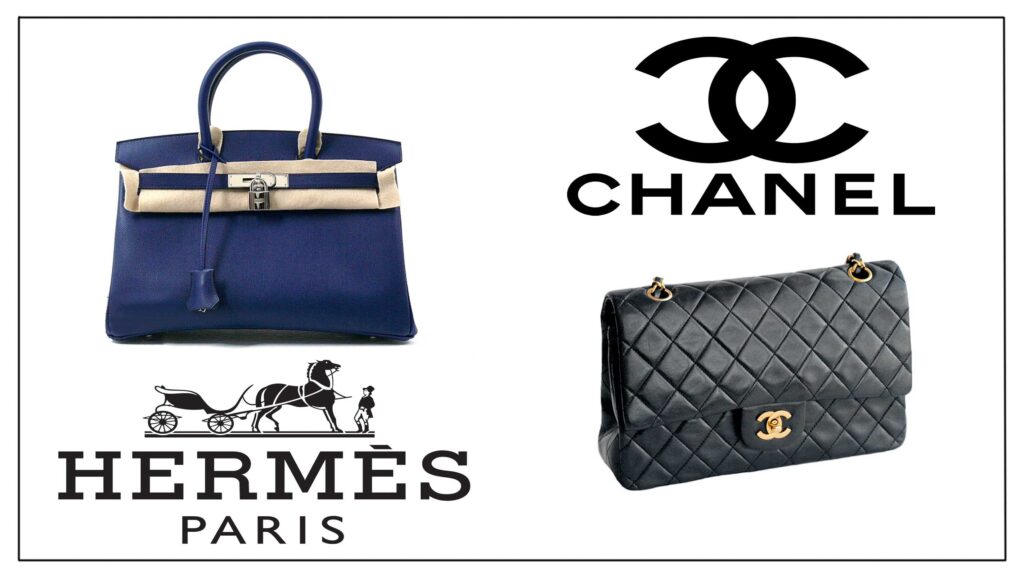
1. Cost Savings
One of the most significant motivations for buying pre-loved goods is affordability.
- Lower Prices: Pre-loved items typically cost a fraction of their original retail price, making luxury or high-end goods more accessible.
- Value for Money: Buyers often find barely used or like-new items at considerable discounts.
- Investment Potential: Some pre-loved goods, such as vintage watches or handbags, retain or even increase in value over time.
2. Sustainability and Eco-Friendliness
As environmental concerns grow, more people are embracing the circular economy by purchasing second-hand items.
- Reduced Waste: Buying pre-loved goods helps extend the lifecycle of products, keeping them out of landfills.
- Lower Carbon Footprint: Opting for second-hand reduces the demand for new production, which often involves energy-intensive manufacturing processes.
- Support for Sustainable Practices: Many consumers feel good about making eco-conscious choices that contribute to a greener planet.
3. Access to Unique and Vintage Items
Pre-loved markets are treasure troves for rare and distinctive finds.
- One-of-a-Kind Pieces: Shoppers can discover items no longer available in stores, such as discontinued designs or limited editions.
- Vintage Appeal: Vintage goods often carry a charm and craftsmanship that’s hard to replicate in modern products.
- Personalized Style: Pre-loved items allow consumers to express individuality and stand out from mass-produced trends.
4. Quality and Durability
Many pre-loved goods are built to last, particularly when it comes to luxury brands.
- Superior Craftsmanship: High-quality materials and construction ensure these items endure over time.
- Proven Durability: An item’s ability to hold up over years of use is a testament to its quality.
- Better Value: Investing in durable, pre-loved goods often offers a better long-term return than buying cheaply made new products.
5. Emotional and Nostalgic Value
Pre-loved items often come with a story, adding sentimental value to the purchase.
- Sense of History: Owning an item with a past can make it feel more meaningful.
- Personal Connection: Vintage or antique pieces may evoke memories or connect buyers to a specific era or culture.
- Collectible Appeal: For enthusiasts, pre-loved markets are a haven for expanding collections.
6. Thrill of the Hunt
For many shoppers, the process of finding pre-loved treasures is part of the allure.
- Exciting Discoveries: Unearthing a rare or coveted item provides a sense of accomplishment.
- Satisfaction of Bargains: Scoring high-quality goods at discounted prices is deeply rewarding.
- Curated Experiences: Many second-hand platforms and boutiques offer curated selections that make the shopping experience enjoyable and unique.
7. Supporting Local and Independent Sellers
Purchasing pre-loved goods often benefits small businesses and individuals.
- Empowering Communities: Many second-hand stores and online platforms support local entrepreneurs.
- Charitable Contributions: Some pre-loved shops operate as non-profits, with proceeds going to charitable causes.
- Encouraging Resale Culture: Supporting resale businesses fosters a culture of reuse and sustainability.
Conclusion
The rise in pre-loved goods highlights a shift in consumer priorities toward affordability, sustainability, and individuality. Whether motivated by budget-consciousness, environmental responsibility, or the desire for unique finds, people are increasingly embracing the value of second-hand shopping. As this trend continues, it’s clear that pre-loved goods are not just a passing fad but a sustainable choice for modern living.







